Your Voice: Building a Global Philanthropic Movement through GivingTuesday
March 27, 2019
Asking the right questions: A framework for impact measurement
May 15, 2019Social media can be immensely powerful for telling positive stories that build awareness, engagement and support. Vinay Nair, CEO and co-founder of Lightful, which in February 2018 launched the #ReclaimSocial campaign to help charities, social enterprises and individuals do just that, explains how to get it right when using social for good.
With so many negative stories about social media, particularly in terms of its influence on the young and vulnerable, it’s easy to forget that it also has a tremendous capacity for doing good, and spreading hope and positivity.
Longstanding days to galvanise this message, such as #GivingTuesday, as well as more recent campaigns like #YouMadeItHappen and our own #ReclaimSocial campaign, are helping to counteract this negativity by focusing on social media’s positive impact. Together with large-scale social movements like #MeToo and #SchoolStrike4Climate, these are all examples of how organisations as well as individuals are embracing social media to do good and effect change.
Social media doesn't have to be negative. It can be a supportive community that gives strength to those who are struggling. Let's #ReclaimSocial together and spread some positivity today 💚 pic.twitter.com/PO4Qpcu6y7
— Samaritans (@samaritans) February 6, 2019
Social media has immense value for non-profit organisations, helping them to reach new people as well as more people and to strengthen relationships with existing supporters. And its value lies not just in raising money – although it can do this too – but in building awareness, engagement and community, achieved through telling inspiring, compelling stories and engaging in relevant conversations. And, while social is increasingly being used for good, there is plenty of potential for more charities to join in and experience the benefits for themselves.
So, what’s the best approach?
Know your audience
First, know who you are talking to. Different platforms attract different audiences – on LinkedIn, you may be engaging with potential trustees for example, while on Facebook it could be beneficiaries, and supporters on Twitter. Work out who they are (build ‘personas’ in the lingo) and how you want to engage with them, to build more awareness of your cause for example or for a particular campaign. Once armed with that knowledge you can start to build an effective campaign.
Tell a good story
Social media excels at helping charities highlight impactful stories that show how they are making a difference but you need to tell your stories in the right way for maximum effect. Bring them to life with case studies that demonstrate how impact is being achieved like WWF UK has done with its #FightForYourWorld campaign, and to answer why you do what you do, and how.
For many Arctic towns, the risk of polar bears entering their town is on the rise. We’re piloting new tech which could make it easier to keep both polar bears and people safe. Watch to find out how! #FightForYourWorld pic.twitter.com/vjjycIBZwk
— WWF UK 🌏 (@wwf_uk) February 23, 2019
Or as in this tweet from International Rescue Committee Europe:
#ReclaimSocial is a day to highlight where people have helped each other move forward.
This is the work of a child refugee, who learned to draw at an IRC Safe Zone.
He now attends an art school in Greece, thanks to his incredible talent & the generosity of the school’s owner. pic.twitter.com/bZdqYt07KM— International Rescue Committee – UK (@RESCUE_UK) February 6, 2019
And, if you are seeking donations, rather than a non-financial ask (often to sign a petition or newsletter or simply re-post the message), focus on explaining how each contribution can be vital to your charity’s work, and tailor content to different the platforms you are using.
Be inspiring (by being your authentic self)
Charity work is often emotive and tapping into this can create powerful messages with plenty of evidence to show that people crave the positive, inspirational stories that the sector is uniquely positioned to tell. The best way to genuinely tap into people’s emotions and really engage an audience is not to go overboard in pulling on the heartstrings but just to be authentic and tell your story in a real and meaningful way.
The Book Trust’s 2018 Christmas campaign was a simple idea that really resonated with audiences for example because the idea of paying for a festive book parcel for a child who was vulnerable or in care was so tangible. Largely through social media’s influence, it managed to help over 11,500 children.
You could brighten up Christmas for a child who is vulnerable or in care this year. Your £10 donations could help us send them a #FestiveBookParcel to make them feel special ❤️
Find out more and donate here: https://t.co/qYACaa79hV pic.twitter.com/3XbfWBJPdV
— BookTrust (@Booktrust) November 20, 2018
Involve your supporters
Your supporters also have great stories that deserve to be shared (user-generated content in the lingo), is particularly interesting to others because it is about real life. Think about your different sets of stakeholders such as staff, beneficiaries, volunteers, and supporters – each has their own reasons for engaging with your charity so ask them what these are, and what your campaigns or your work mean to them.
Then think about how to share their stories, and encourage and enable them to share both theirs and yours. People very naturally share information on causes they care about, and these are the ones that spread widest and best and will amplify your message. Think of social media as a two-way communication and try to engage with people as often as possible in a meaningful way.
The charity Mind for example regularly features people’s real-life experiences with mental illnesses, and asks for input on particular issues, such as its recent request for stories of mental health experiences at work.
Nikki shares her journey of being diagnosed with generalised anxiety disorder (GAD), and preparing to take on Mind Hike to raise money for better mental health. https://t.co/Yha104KPNt pic.twitter.com/WALJCrVu7p
— Mind (@MindCharity) March 18, 2019
Encourage mindful posting
While subject matter can often be serious, making your posts positive, mindful and motivational can set up the right tone to encourage your supporters to reply similarly and boost loyalty and retention. You can start by encouraging mindful posting in your own organisation and start sharing your own ideas of how social media can be more positive.
Today is #IntlForestDay: Forests managed by Indigenous Peoples and local communities have more #biodiversity than #forest protected by any other means. Let’s learn from them, let’s protect their rights. https://t.co/B7KeBcANaa
— Friends of the Earth (@friends_earth) March 21, 2019
Create social media guidelines for your team
Finally, social media is of course not without its challenges, so the best way to deal with negative comments, trolls, or crises is to plan in advance. It’s a good idea to create social media guidelines for your organisation and anyone who is managing your social presence, from the tone of voice to the right reaction to a negative comment. When a crisis does occur or a headline that affects you, engaging proactively and authentically is key. It can be challenging to do so in the heat of battle but the organisations that can do this are the ones that tend to come out best.
#ReclaimSocial2019 takes place on 6 February 2019. To get involved, visit the ReclaimSocial site or sign up for more information on the Lightful website.
About Vinay Nair
Vinay Nair is co-founder and CEO of tech-for-good company Lightful, which works with charities, social enterprises and foundations looking to scale their impact through technology. Previously, he was a director at UK social impact investor Social and Sustainable Capital (SASC), and has also held senior positions at the Social Investment Business, Acumen Fund and the Clinton Foundation, and has launched two public health social enterprises. He is a practitioner-in-residence and industry advisor at the Saïd Business School, Oxford University.




